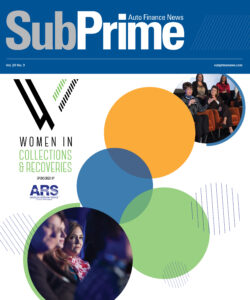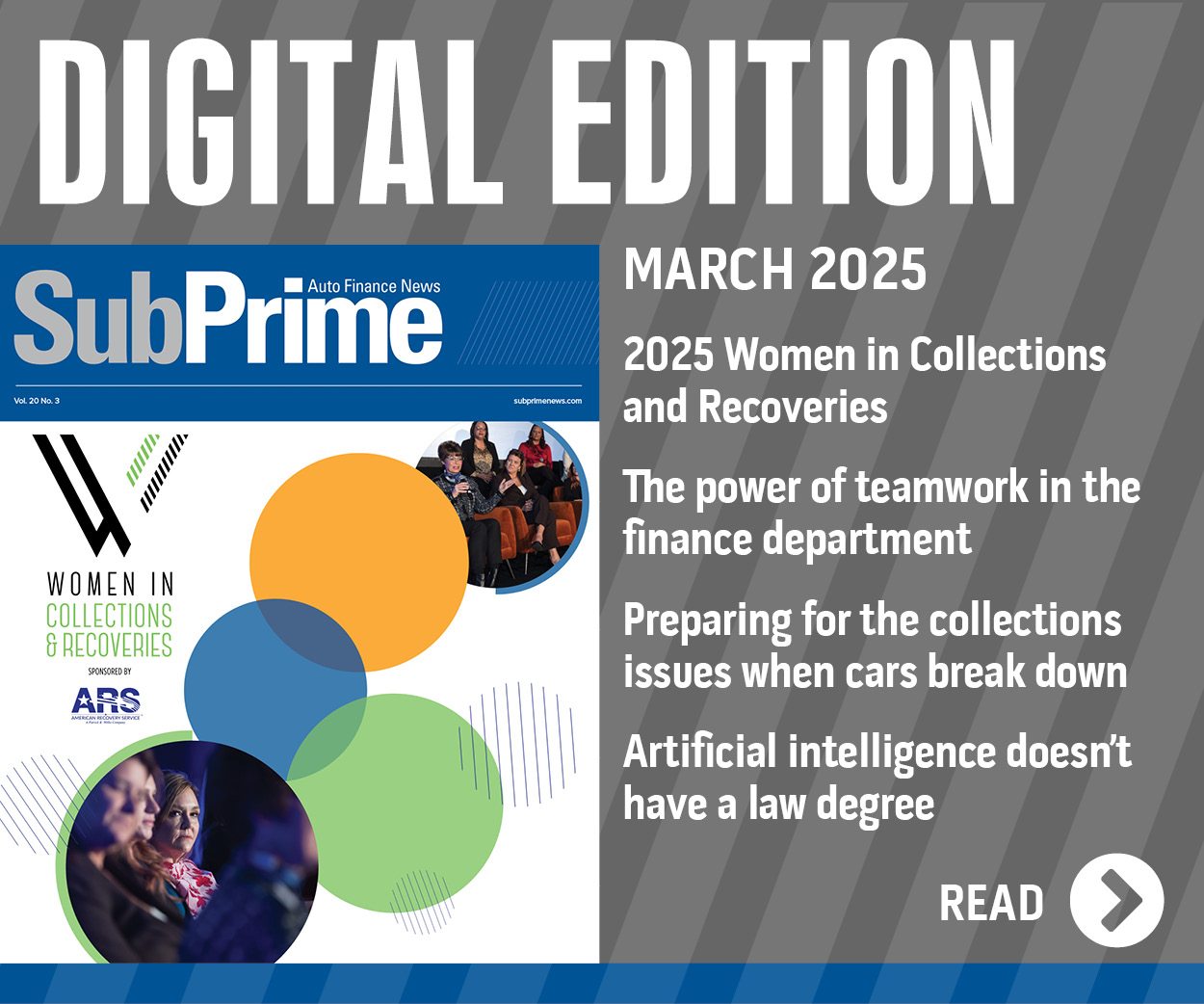Open Lending research: Near- and non-prime consumers face shrinking access

Open Lending highlighted three main findings from its first Near- and Non-Prime Consumer Update, a quarterly proprietary data report on automotive finance trends in the near- and non-prime credit segments.
Researchers found not only how much originations in that credit segment have softened, but also learned which brands lead the way in vehicle deliveries for those specific consumers.
Those three findings included:
Near- and non-prime consumers face diminishing access to automotive financing
In the third quarter of 2023, used-vehicle originations for near- and non-prime borrowers fell 33% year-over-year. Comparatively, used-vehicle originations for prime borrowers fell 22% year-over-year.
Additionally, the Federal Reserve’s rate increases have disproportionately impacted near-and non-prime consumers. By the second quarter of 2023, near- and non-prime registrations decreased by 7,000 for every basis point increase in the interest rate. Prime registrations, on the other hand, continued to rise steadily despite the rate increases.
Chevrolet and Ford lead the way
Among near- and non-prime consumers, Chevrolet is the top choice for new-car purchases, but Ford stands out as a leader in the used-vehicle market.
“Understanding the make and model preferences of near- and non-prime consumers is critical in making informed lending decisions, managing risk, and remaining competitive in an increasingly crowded market,” Open Lending said in a news release.
In the second quarter of 2023, Chevrolet ranked first in new car purchases by near- and non-prime consumers. But Ford was a formidable opponent in the used-car market, where the two automakers tied for most used vehicles sold in the second quarter of 2023.
Open Lending’s data indicated that Chevrolet and Ford have appealed to the near- and non-prime market, more so than their competing OEMs, “and are planting the seeds for customer loyalty in this segment.”
Little charge for EVs
Open Lending acknowledged electric vehicle financing lags dramatically among near- and non-prime consumers. Researchers explained why.
“While cost is the primary reason near- and non-prime borrowers often don’t consider EVs, the lack of charging infrastructure also contributes to inaccessibility. Low-income communities have far fewer total chargers per capita, while high-income communities have the most,” Open Lending said.
“While the ‘charging deserts’ that exist in low-income neighborhoods need to be addressed, it is important for automotive lenders and dealers to keep an eye on EV sales and data in this segment, as tailoring EV financing to these customers could drive a more diverse borrower base,” researchers added.
Using data on new- and used-vehicle originations, interest rates, sales and more, Open Lending utilized the report — which can be downloaded via this website — to illustrate how current macroeconomic and automotive market trends are shaping vehicle accessibility for consumers with credit scores below 699.
“Between high interest rates and increased vehicle prices, car ownership is out of reach for many underserved but qualified consumers today — an obstacle that makes it difficult to build a better life. For automotive lenders, this is an opportunity to engage near- and non-prime borrowers and start long-term, mutually beneficial relationships,” Open Lending chief revenue officer Matt Roe said in the news release.
“At Open Lending, we’ve been keeping a pulse on this market for over 20 years and are excited to start sharing quarterly insights that automotive lenders can use to drive vehicle accessibility with AI-powered decisioning and risk analysis while building resilient portfolios,” Roe went on to say.

 View The Latest Edition
View The Latest Edition

